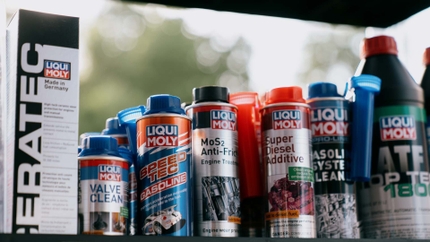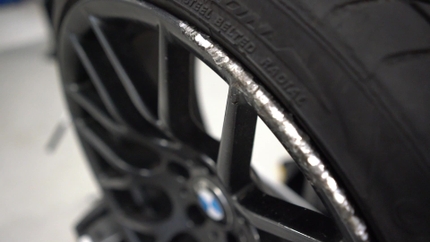Winter is an absolute nightmare on your vehicle. Living and driving anywhere that gets snow regularly introduces unique car ownership challenges that drivers in other parts of the country don't have to face. Even without snow, colder temperatures will affect nearly everything from plastic parts in the engine bay to all of the rubber in the suspension. While some recommendations in the article below are only relevant to those in snowy climates, the majority applies to anyone performing a tuneup anywhere in the country.
Wash Your Car
Winter weather, salt, and road debris are harsh on your car. There's just something about a fresh, clean car after a long, rough winter that inspires you to go through the rest of the vehicle. Who wants to work on a dirty car when you could be working on a clean one? Not only that, but removing the salt from your car as soon as possible prevents rot from taking over.
If you're new to hand washing your car, which you should be doing to protect its delicate paint, we have two articles to help get you going: Part one on how to wash your car using the "two bucket" method and part two on how to clay your car.
Shop Car Wash & Detailing Products
Swap Out Winter Wheels & Tires
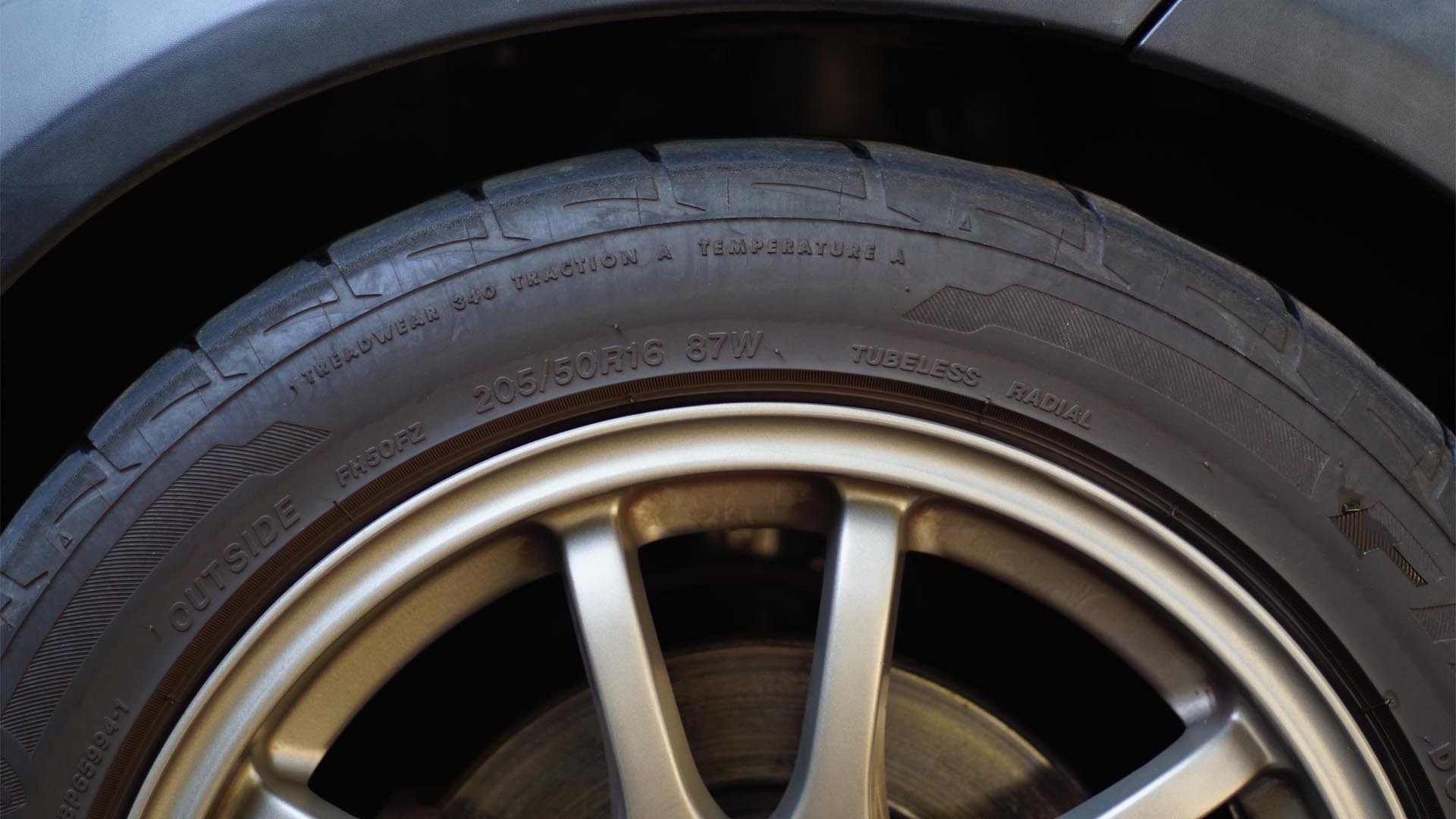
If you've read any of my other articles that mention tires, you know that I'm a strong advocate for running separate sets of winter tires and summer tires. If you're on the same side of the argument, this major spring tuneup is the perfect time to swap your summer tires back on and remove those loud, heavy, and ill-handling winter tires. I look forward to this day every season as the handling characteristics of a good set of summer tires are unmistakable.
If you just washed your car, your wheels should now be nice and clean and ready to go directly into storage. If you skipped this step, you will probably want to clean the brake dust at least and grime off your wheels from the winter before putting them away. There's nothing worse than going to move your wheels and tires or mount them the next season and getting covered in brake dust and grease when you least expect it.
While you have your wheels and tires off, it just makes sense to take a look at a few of the other major tune-up points from the list below. To make swapping your wheels and tires a breeze, we recommend trying out these wheel hanger sets. No more having to line up and balance a wheel while fiddling with annoying lug bolts that European manufacturers love to use.
Learn More About Choosing The Best Tires For You & Your Car
Replace Windshield Wiper Blades
Winter wreaks havoc on your wiper blades. Wiper blades are actually very precise components, and the rubber has to be in the utmost perfect condition to conform to your windshield tightly enough to clear the water away. During the winter, road salt dries out the blades' rubber, causing them not to bend as easily and potentially even crack. That, coupled with the blades clearing ice and snow build-up, can easily deform the rubber. Making a point to replace your wiper blades every winter is the easiest way to make sure you keep seeing clearly.
Shop Wiper Blades
Replace Your Driveline Fluids
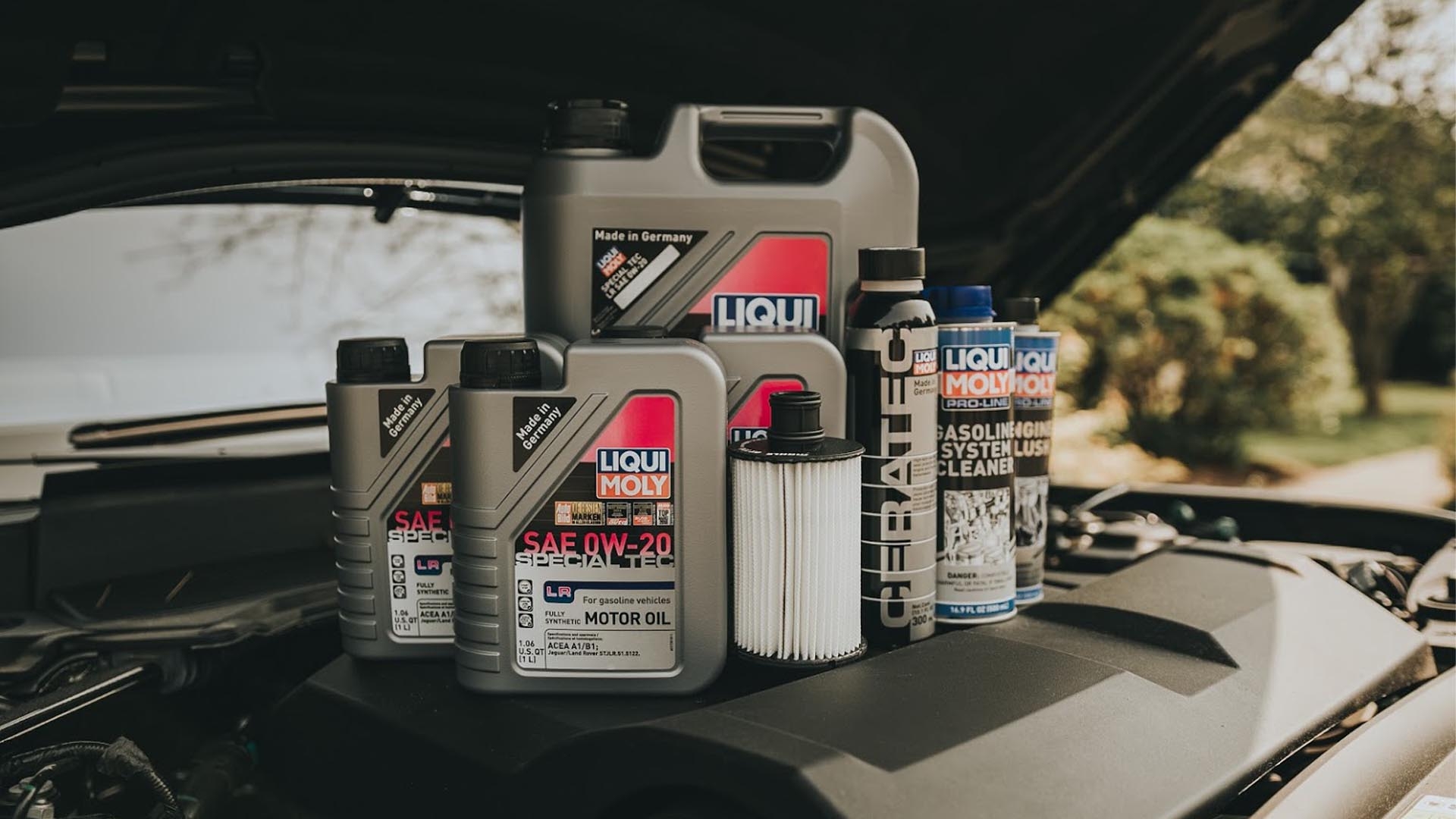
This is one of the most important parts of your spring tuneup and one that should not be overlooked. No matter how many miles you drive your car during the year, spring is the time to take care of all of your car's fluids.
Engine Oil
Changing your engine oil regularly is the most critical factor in ensuring the longevity of your engine. Depending on your car, recommended oil changes can be anywhere between 5,000 and 10,000 miles. If your car is older, we recommend every 3,000 miles, and no matter what you drive, we never recommend over 5,000 miles between oil changes.
Shop FCP Euro Engine Oil Change Service Kits
Transmission Fluid
Transmission fluid is often overlooked, even though it's important to the lifespan of your vehicle's transmission. The spring is a good time to inspect your transmission fluid or replace it if you're unsure of the last time it was replaced.
Shop Transmission Fluid Replacement Kits
Brake Fluid
Brake fluid simply isn't replaced enough. For many people, brake fluid isn't even a thought; however, it's extremely important that it's replaced yearly. Brake fluid is hygroscopic, meaning that it absorbs water. Once it absorbs water, it becomes ineffective at its main job. Because of this, we recommend replacing it once a year. However, there are all sorts of different formulations of brake fluid, and using the right one may be the difference between stopping and not. Before you go shopping, check out this handy guide on all things brake fluid.
Shop Brake Fluid Flush Kits
Engine Coolant
The last fluid you want to inspect is your coolant. First, start by inspecting your coolant level. If your level is low, it can indicate a larger issue that should be addressed. To test your coolant system for leaks and help flush and fill your system, we recommend CTA's Vacuum Coolant Fill Tool. This tool makes filling your coolant system a breeze without having to worry about airlocks in the system.
Shop Engine Coolant
Additives
During your spring fluids replacement, we recommend considering some of the many fluid additives we offer. LIQUI MOLY's multitude of products aren't just smoke and mirrors like some others on the market, as their additives are scientifically proven to add beneficial properties to your engine oil, fuel, and coolant. You can see for yourself here, or search online and find one of the many vehicle owners who've had their experiences improved by LIQUI MOLY's additives.
Shop LIQUI MOLY Additives
Replace Air Filters
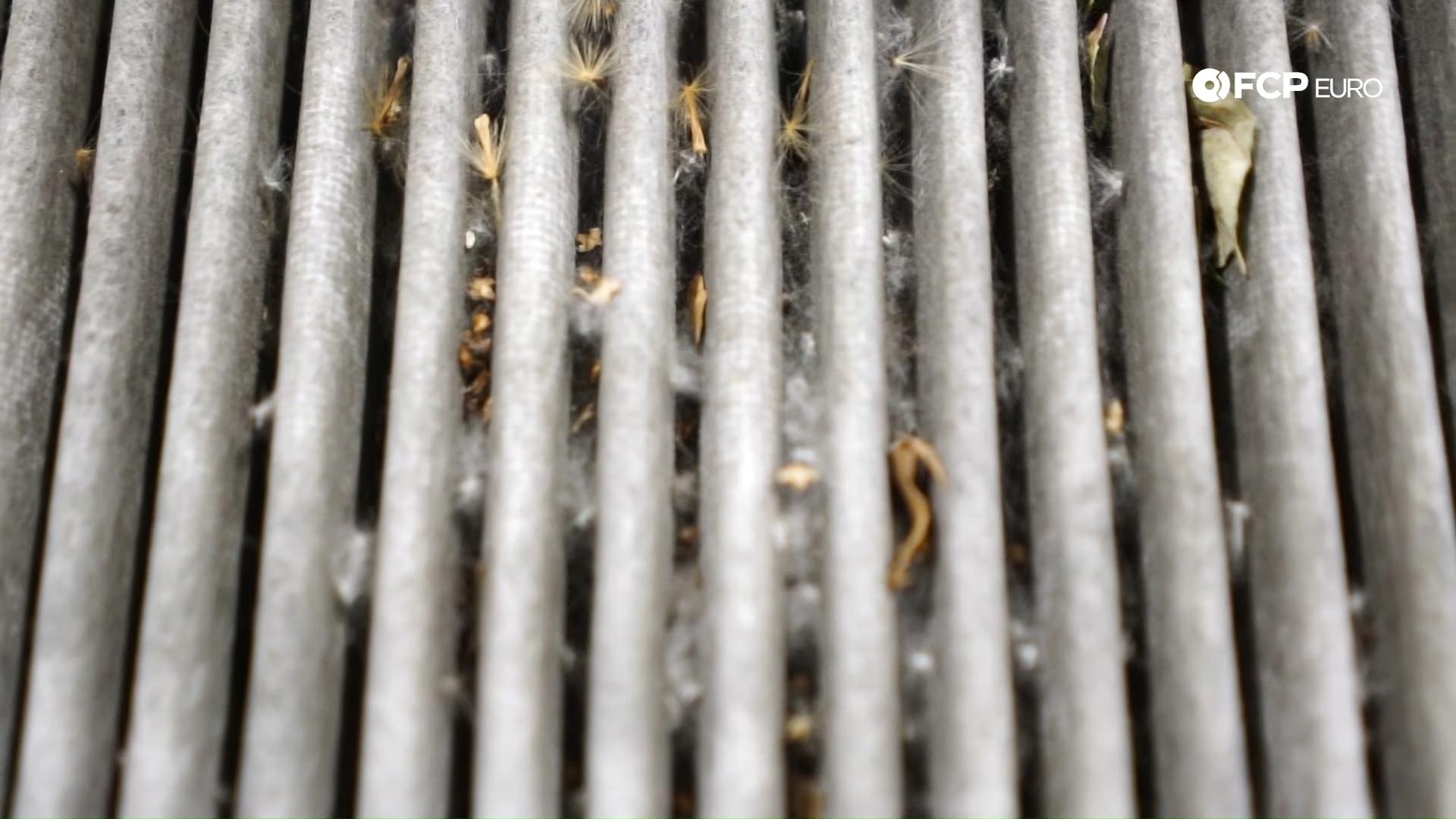
Cabin Air Filter
We've repeatedly discussed the importance of cabin air filters; they're not just a luxury but absolutely necessary for keeping you healthy. Feeding your HVAC system with air naturally brings in contaminants and debris, and it's only thanks to your cabin air filter they don't get blown around your interior. With pollen season about to get rolling, there's no better way to ensure you'll stay sneeze-free while driving than having a fresh filter in place.
Shop Cabin Air Filters
Engine Air Filter
Just as a cabin air filter cleans the air you breathe inside your car, the engine air filter cleans the air the engine breathes. In an identical way to how the fresh air vent collects debris, so does your engine airbox. In this case, pollen isn't an issue, but leaves and saplings love to find their way in, blocking off airflow to the engine. Replace the engine air filter, and you'll have all the engine performance and fuel economy you can.
Shop Engine Air Filters
Inspect & Replace Brake Parts
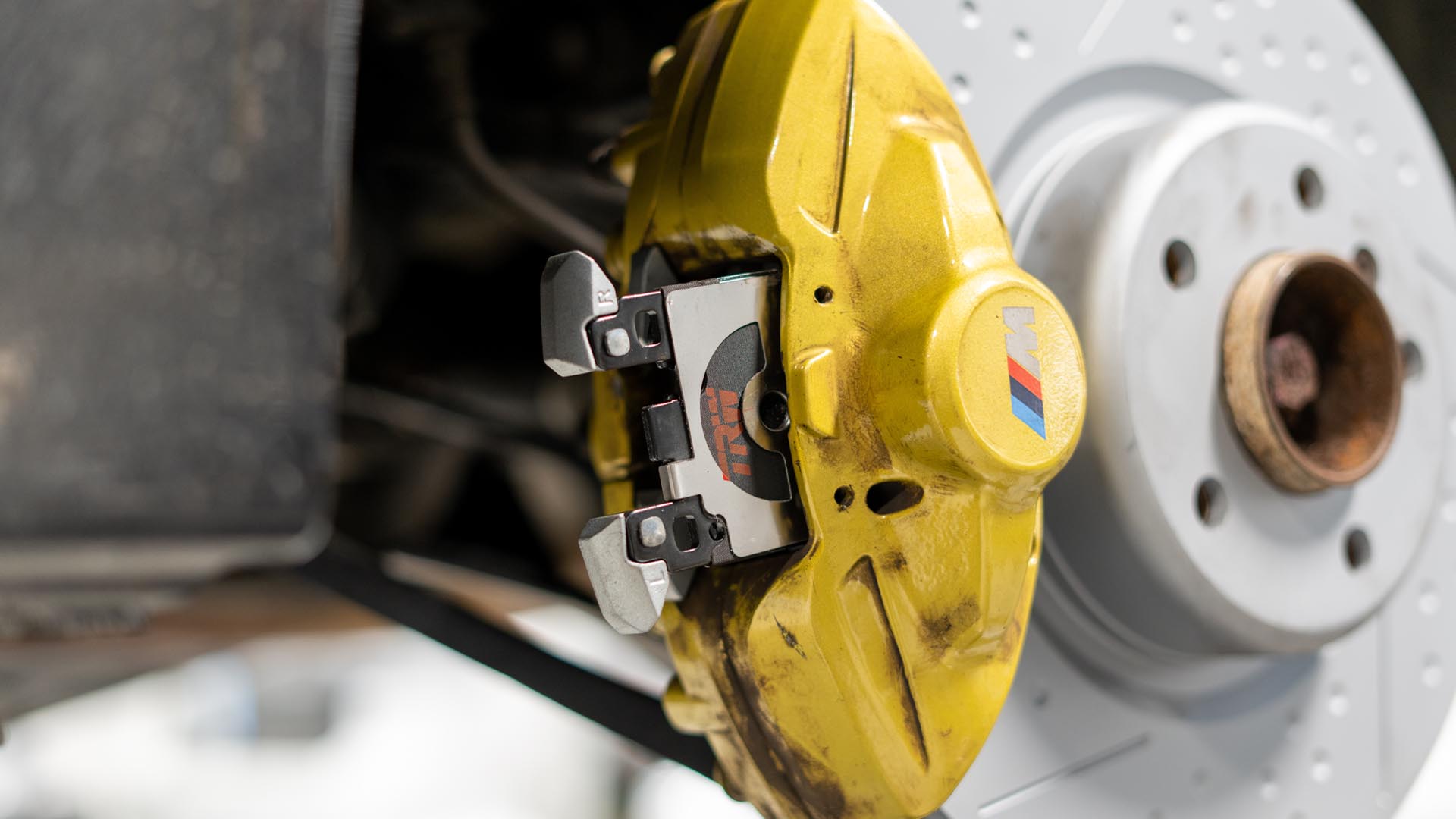
Since you should be swapping your winter wheels and tires back to your summer setup, now is a good time to do a full brake inspection. I drive my cars hard, so I go through brakes probably a bit faster than the average driver. During my spring wheel and tire swap, I typically replace my brake pads and check my rotors and brake lines for signs that they need to be replaced. If you don't know what to look for when examining your brakes, don't worry; we have you covered.
Shop Brake Pad & Rotor Service Kits
Inspect & Replace Suspension Parts
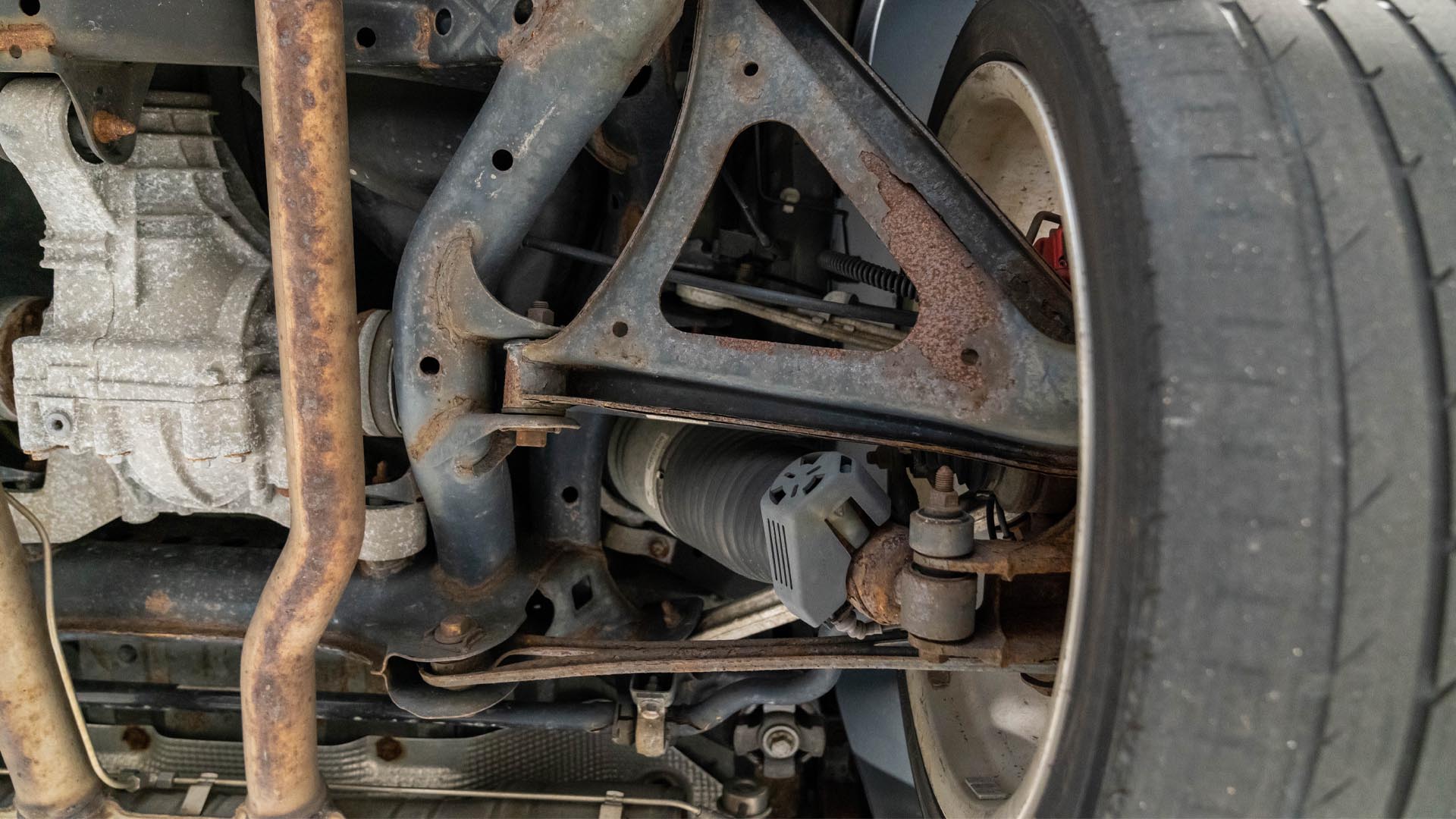
If you live anywhere that it snows regularly, your suspension is straight-up assaulted by the roads. Salt and chemicals, plus the incessant pummeling by plow trucks, leave the road surface tattered and strewn with potholes. We recommend taking a good look at your suspension during your spring tuneup. Catching issues now means an optimal handling and safe vehicle for the upcoming warm weather, as well as not having to deal with issues when snow is on the ground next season. To inspect your suspension, look for:
- Obviously broken or bent suspension components. New suspension components are engineered to bend when faced with major potholes or curbs. It's not uncommon to find bent control arms or tie rods.
- Leaking shocks or struts. When struts and shocks blow out, they typically leak their hydraulic fluid. If you see these leaking, they should be replaced immediately. You can usually tell when they're no good by a bouncier than a typical ride in your car.
- Bushings and ball joints. You want to be looking for rubber bushings that are cracked or separated from their housings and ball joints with excessive play. This is pretty straightforward, and all you need is a flashlight and a pry bar or long screwdriver.
- CV Axles. Check your CV axle boots for tears or escaping grease. Road debris can easily cause these boots to tear, and if you had water intrusion all winter, the bearings of your CV axles could be toast. If they're torn, you will want to remove your CV axle and inspect the bearing before deciding to replace the axle entirely or simply repacking the bearing with grease and replacing the boot.
Shop Suspension Service Kits
Shop Steering Service Kits
Inspect Your Hoses
A quick inspection of your hoses doesn't hurt while you're under the car. Road salts and fluctuating temperatures can be detrimental to the elasticity of rubber hoses, and can corrode the metallic bits that they clamp around. Replace those leaky hoses before it becomes a real issue.
Shop Cooling System Hoses
Test & Replace The Battery
Inspect & Replace Exhaust Parts

Your exhaust system can actually take a bit of a beating during the winter. If you drive a low car and live in a place where you get considerable snow accumulation, there are times that your exhaust can be sitting in the snow or get dragged through it. Leaving driveways or parking lots where snow has been plowed and left to build up and become hard can easily get jammed underneath your car and tear exhaust hangers or worse. A quick visual inspection will ensure that your rubber exhaust hangers are still in one piece and that the exhaust system itself is intact.
Shop Exhaust Parts
While that seems like a lot, each is a very important piece in the larger system, and it must be looked after. Such is the experience of any DIYer. But, replacing parts improves your mechnical ability and ensures trouble-free driving going forward. Who can be upset by that? When you're done shopping and DIYing, come back over to the blog or head to one of or YouTube channels for more of our educational and entertaining content!



